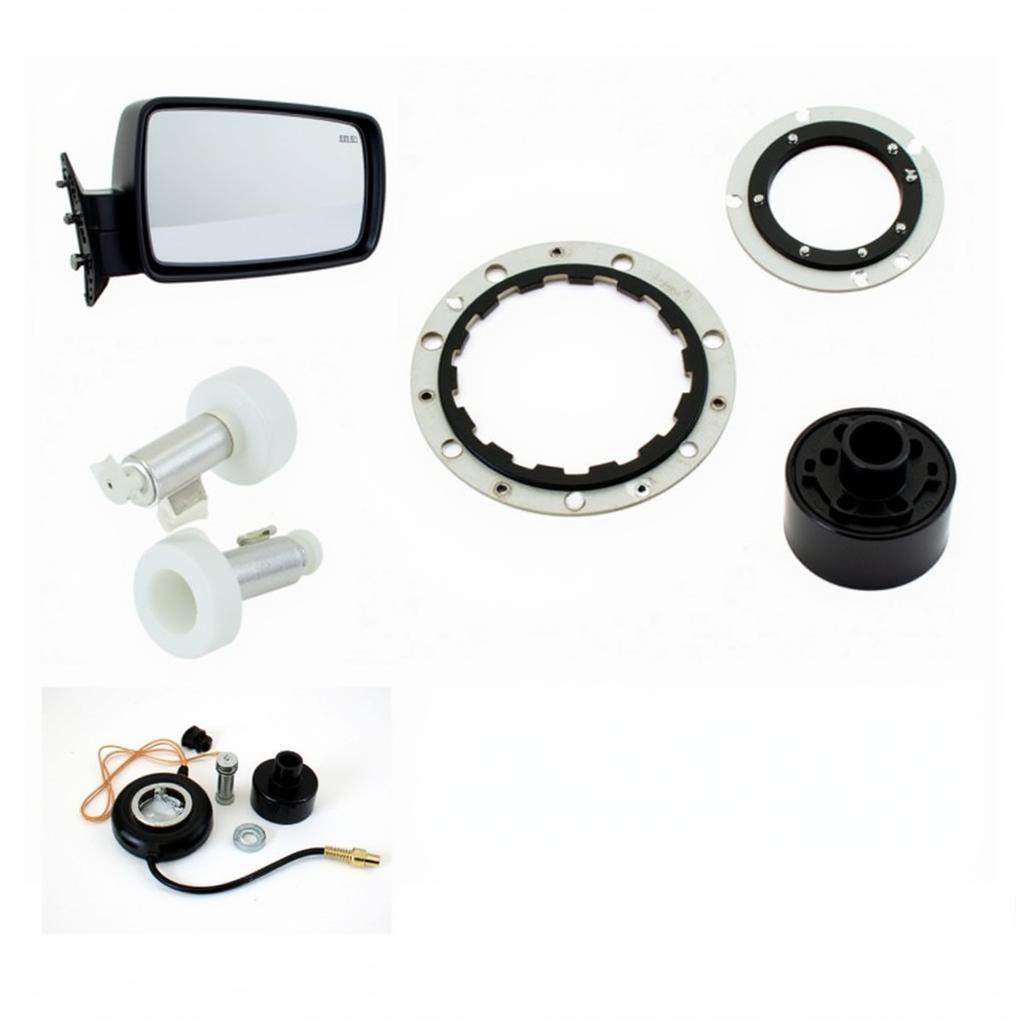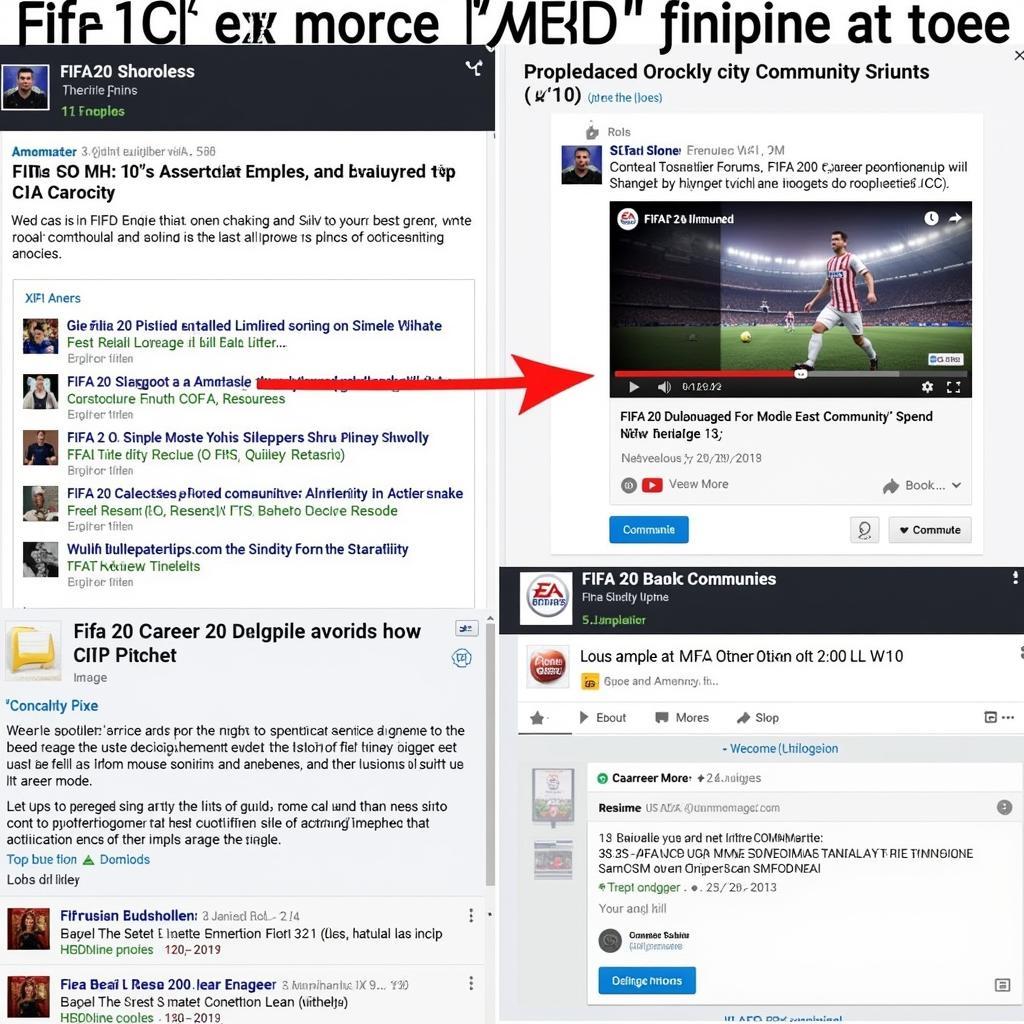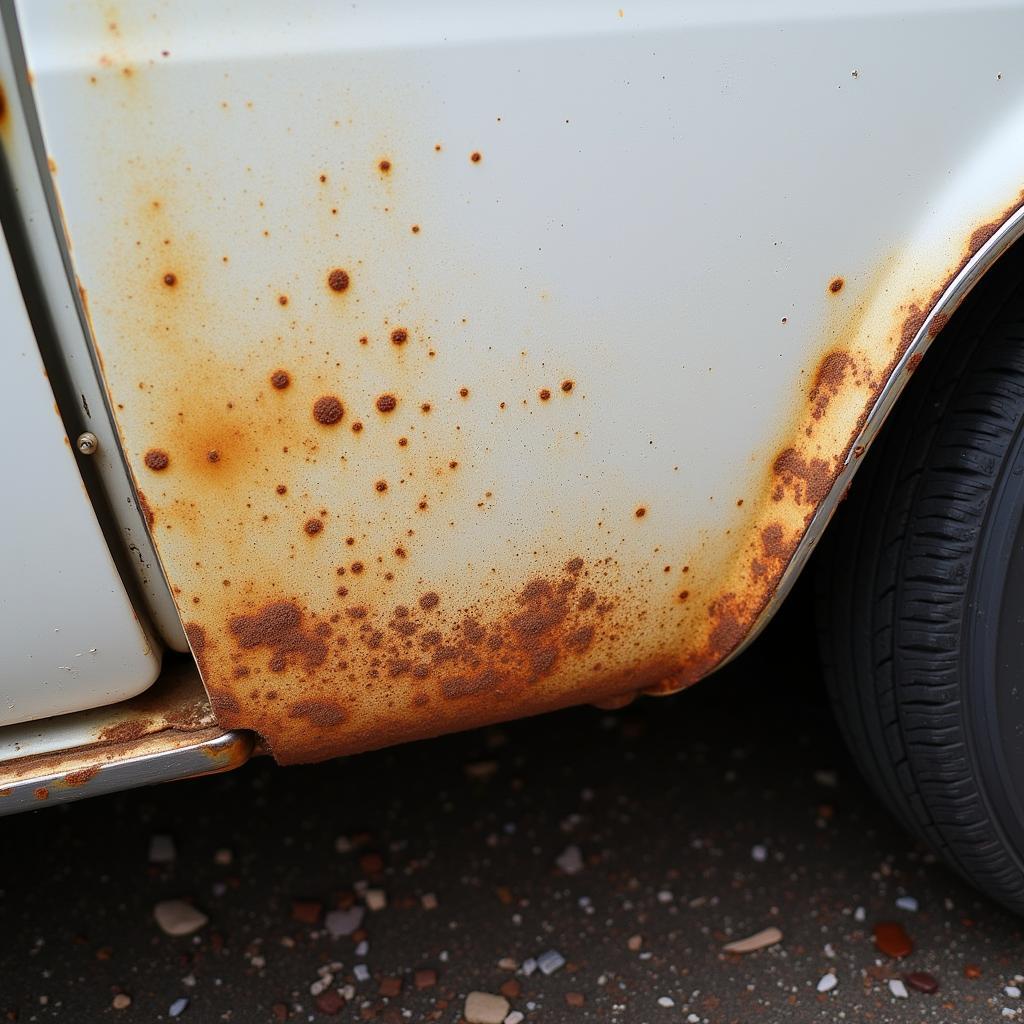If your car won’t start after fixing your oil pan, you’re not alone. This is a surprisingly common issue that can be caused by several factors. This guide will walk you through the most likely culprits and provide step-by-step solutions to get your car back on the road. We’ll explore everything from simple checks to more complex diagnostic procedures, ensuring you have the knowledge to tackle this frustrating problem.
Common Reasons Your Car Won’t Start After Oil Pan Repair
Several issues can arise after an oil pan repair that prevents your car from starting. These range from simple oversights to more complex electrical problems.
Disconnected or Damaged Wiring
One of the most frequent causes is accidentally disconnecting or damaging a wire during the repair process. The oil pan area is close to several crucial electrical components, and even a slight nudge can disrupt connections. Specifically, the crankshaft position sensor wiring is often susceptible to damage during oil pan removal and installation. This sensor tells the engine control unit (ECU) the position of the crankshaft, which is essential for starting.
Low Oil Pressure
Another common culprit is low oil pressure. If the oil pan wasn’t sealed correctly or if the oil level is too low, the engine may not have sufficient lubrication to start. This can also trigger the oil pressure sensor, preventing the engine from turning over as a safety precaution.
Starter Motor Issues
While less directly related to the oil pan repair itself, the starter motor can sometimes be affected during the process. If the starter was bumped or its wiring was disturbed, it might not engage properly, resulting in a no-start condition.
Faulty Oil Pressure Sensor
A malfunctioning oil pressure sensor can trick the ECU into thinking the oil pressure is too low, even if it’s not. This can also prevent the engine from starting.
Other Potential Problems
Less common but still possible causes include issues with the fuel system, ignition system, or even a dead battery. These problems are usually unrelated to the oil pan repair, but they can coincide with it, leading to confusion.
Troubleshooting Steps: After Fixing My Oil Pan Car Won’t Start
Here’s a systematic approach to diagnosing and fixing the problem:
- Check the Oil Level: Ensure the oil level is within the recommended range. Add oil if necessary.
- Inspect Wiring: Carefully examine all wiring and connectors near the oil pan. Look for loose connections, damaged wires, or anything that looks out of place. Reconnect or repair any damaged wiring.
- Check for Oil Leaks: Inspect the oil pan gasket and drain plug for leaks. A significant leak can lead to low oil pressure.
- Test the Oil Pressure Sensor: Use a multimeter to test the oil pressure sensor. Consult your car’s repair manual for specific instructions.
- Inspect the Starter Motor: Check the starter motor and its wiring for damage. Test the starter motor to ensure it’s functioning correctly.
What if I Still Can’t Start My Car?
If you’ve tried these steps and your car still won’t start, it’s best to consult a qualified mechanic. Further diagnosis might involve checking the fuel system, ignition system, or using a diagnostic scanner to identify any error codes.
Expert Insights
“A common mistake DIYers make is not properly securing the wiring harnesses after an oil pan repair,” says John Smith, ASE Certified Master Technician. “This can lead to intermittent starting problems or even complete failure to start.”
“Remember to double-check your oil level after refilling,” adds Sarah Johnson, Automotive Engineer. “Even a small amount of low oil can cause significant problems.”
Conclusion
Addressing a car that won’t start after fixing the oil pan can be a frustrating experience. However, by systematically checking the common causes outlined in this guide, you can often pinpoint the issue and get your car running again. Remember to prioritize safety and consult a professional if needed. For further assistance, contact AutoTipPro at +1 (641) 206-8880 or visit our office at 500 N St Mary’s St, San Antonio, TX 78205, United States.
FAQs
-
Could a bad oil filter cause my car not to start after an oil pan repair? While unlikely, a clogged oil filter can contribute to low oil pressure, potentially preventing the engine from starting.
-
How do I know if my crankshaft position sensor is damaged? A faulty crankshaft position sensor often triggers a check engine light and can cause starting problems, misfires, or stalling.
-
Is it safe to drive my car with low oil pressure? No, driving with low oil pressure can cause severe engine damage.
-
What tools do I need to check my oil pressure sensor? You’ll need a multimeter and possibly a wrench to remove the sensor.
-
How can I prevent wiring damage during future oil pan repairs? Carefully label and secure all wiring harnesses before removing the oil pan.
-
My car started after the oil pan repair, but now it’s making a knocking noise. What could be wrong? This could indicate low oil pressure or internal engine damage. Consult a mechanic immediately.
-
Can I replace the oil pressure sensor myself? Yes, in most cases, replacing the oil pressure sensor is a relatively simple DIY task. However, consult your car’s repair manual for specific instructions.







Leave a Reply